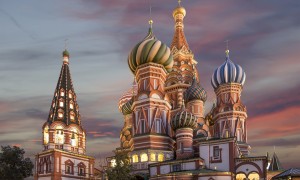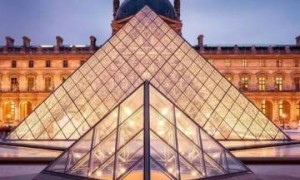So, as we continued walking through the city, I played a game, trying to separate what I thought was inspired by a true faith in God, and what was not. It quickly became difficult: for every almshouse there was a wealthy patron who'd paid for it; the money made in the market might have raised the tower in the square but it also bankrolled the foundling homes and the schools, too. And of course the paintings weren't done pro bono. After a while I gave up. It was impossible to tell. this city - like many great European cities - was a complex meld of venal ambition, artistic brilliance, social climbing and sincere kindness and charity. Faith was in the mix, some of it pure some of it bogus. But it wasn't easy to separate the human from the divine. A bit like life.
因此,接下来我们穿行于这座城市时,我留了个心眼,试图分辨出哪些是因真正信仰上帝而产生的画作,哪些不是。很快,这件事就变得艰难起来,因为每一家公立救济院背后都有一位富有的资助人在支撑;市场经济中挣来的金钱也许堆高了广场上的高塔,但也为育婴堂和学校提供了资金。当然这些画本来也不是为了公共利益而作的。没多久,我放弃了。根本分不清嘛。跟许多其他欧洲城市一样,这座城市也是个大熔炉,贪污腐败,艺术成就,趋炎附势,善意仁慈,所在皆有。信仰就在这熔炉中,真真假假。人群好坏难辨,就像人生。

In his recent biography, the former Bishop of Edinburgh - Richard Holloway - identifies this tension when he writes: "My mistake was to think religion was more than human." He goes on: "I was less sure whether God was also just a human invention, but I was sure religion was." As with the art and architecture of Christendom - much of it obviously a human construct - it's sometimes hard to know where God is in it all.
前爱丁堡主教Richard Holloway在他最近的传记中这样描述这种张力:“我的错误就在于认为宗教高于民众。我不是很确定上帝是不是民众一手造就的,但我很肯定宗教是民众创造的。”基督教界的艺术和建筑很明显绝大部分是人的杰作,有时候很难讲上帝到底在哪里。
And yet Paul once described Jesus as "the invisible image of God for whom all things - visible and invisible - were created." This cosmic claim reminds us that when God got involved with man - he also got involved with culture. I confess, I found it hard to match the image of Jesus - so skillfully depicted by Memling - with the image I carry in my mind. But perhaps that's how it's meant to be: a messy mix of imperfect people trying to imagine and interpret a perfect God who can never be perfectly pictured.
Paul曾这样形容耶稣:“所有一切有形或无形的事物都是为了看不见的上帝而创造的。”这则重大宣言提醒我们,当上帝与人产生牵连,他就跟文化有了牵连。我坦诚,我发现很难将Memling精美画作中的耶稣形象跟我脑海中的耶稣形象重叠起来。但恐怕事情本来就是这样的,一大群不完美的普通人试图想象和诠释一个无法彻底展示出来的完美上帝。







